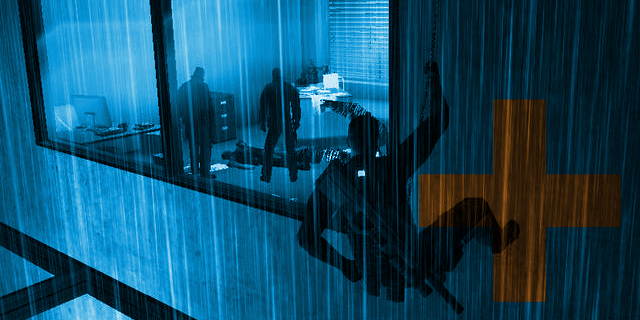
Last time I wrote about perfectionism and how that concept applied best to stealth games more than any other genre. Yet, when you think about it, stealth games have almost always been about rewarding those who approach scenarios as quickly and as quietly as possible. From Metal Gear Solid to Assassin’s Creed, there are always rewards for adhering to the rules of the genre with as few mistakes as possible. While this core idea has remained mostly consistent, the base mechanics that make these games as memorable as they have evolved or simply been streamlined, for better or for worse.
I’m not someone who believes that changes made to modern games to allow for more accessibility are necessarily a bad thing. They provide a more compelling experience for those who may have been turned off by a certain series or genre and, most of the time, still allow for veterans to enjoy the same experience they have been for years. Sometimes this isn’t always for the best, but, to provide a brief example, if some of the changes to the upcoming Hitman game can broaden the series’ audience, then so be it. The Hitman experience I have always loved will hopefully still be intact, it will just allow for more to become perfectionists as well.
But this doesn’t always work for all stealth series.
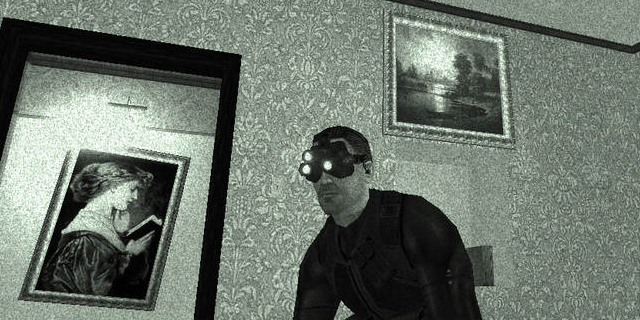
Let’s take a look at Splinter Cell, and see just how much that series has changed since its debut in 2002. Back then, your options for stealth games were rather limited. You could always return to classics such as Thief or Deus Ex, but if you wanted a newer quality experience, your had nothing else but Metal Gear Solid. The original Splinter Cell came around and gave stealth fans a new and completely different take on the genre, focusing a little more on realism and modern-day gadgets to get the job done. It became an instant classic and its sequels, including Pandora Tomorrow and Chaos Theory, improved upon the formula while keeping the heart and soul of the series in one piece.
Despite my stealth game love, I was never a huge fan of Splinter Cell. I remember that Hitman 2 was released around the same time, introducing me to a series that I will always consider one of the best the genre had to offer. Both games were tough, training players to become perfectionists in their own ways, but Splinter Cell took the world by storm. It worked with the basic concepts of light and dark and expanded upon them in a rather masterful way. Whether or not I’m a fan of the series, I respect what the original and subsequent sequels did for the genre. The mechanics were some of the best in their class; they weren’t easy to pick up, but once you were able to get the hang of things, you would be able to sneak through the shadows like a pro.
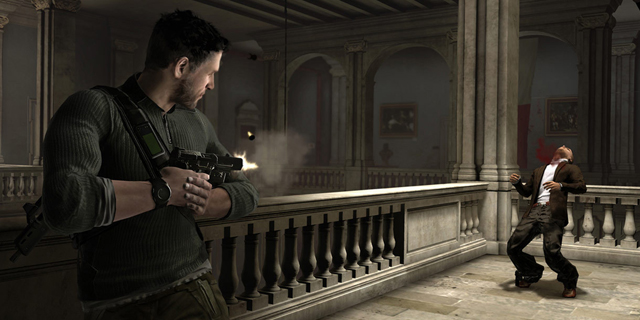
After Double Agent, the fourth entry in the series, Splinter Cell took a small hiatus and returned in 2010 with what could be considered the least popular entry in the series, Conviction. This was actually the first of the series that I enjoyed, but it was not because of its streamlining of the mechanics. In short, Conviction didn’t feel like a real stealth game; it was a third-person shooter disguised as a stealth game. There was stealth, but it was never as precise or rewarding as the previous games could be. The “Mark and Execute” feature, which was the main hook of the series’ new approach, allowed you to mark targets and kill them off in a swift fashion. This was neat, and it allowed for some interesting design choices, but it rarely felt like a necessity.
As mentioned, the game was tailored to have more of an action focus. The light and dark mechanics remained relatively the same, making sure you turned off lights or shot light bulbs to remain in the shadows for however long you needed to. Despite that, there were certain missions that forced you into the light to fight enemies head-on. I’m not against action sequences in stealth games (I love Metal Gear Solid, after all), but it did nothing but highlight the poor gunplay and frustrating objectives. This was the perfect example of streamlining a stealth franchise for the worse.
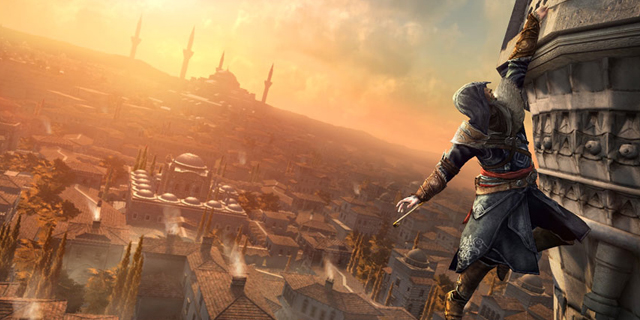
Shortly before Conviction’s launch, we saw the creation of what would soon become Ubisoft’s next big franchise: Assassin’s Creed. The first game had flaws, sure, but it also showed potential and offered a perfect balance between introducing new players to stealth mechanics, including the sometimes clunky but usually enjoyable free-running abilities. It did this while also balancing those mechanics with action sequences that never felt out of place. This franchise introduced some amazing new ways to advance (and streamline) this style of game and a few clever twists on traditional stealth gameplay, proving that the genre still had a lot of life left in it.
The downside to Assassin’s Creed huge popularity is how that gameplay style began to bleed into Ubisoft’s other franchises. At this past E3, we were introduced to a younger Sam Fisher and a reimagining/reboot of the Splinter Cell franchise titled Blacklist. The gameplay demo showcased Sam’s new acrobatic abilities, the return (and possible further simplification) of the Mark and Execute feature from Conviction, as well as a level set entirely during the daytime. This seemed to remove a lot of what made Splinter Cell so memorable to begin with, at least in my eyes.
It’s said that missions will have multiple ways to approach them, which could allow us to see elements of the series brought back and freshened up once again. Some people remain optimistic about this new take on the franchise; I can’t say I’m one of those people, but I’m willing to give Ubisoft the benefit of the doubt. It will be interesting to see if Splinter Cell can stay relevant and really differentiate itself enough from Assassin’s Creed, despite the similarities showcased during that first reveal.
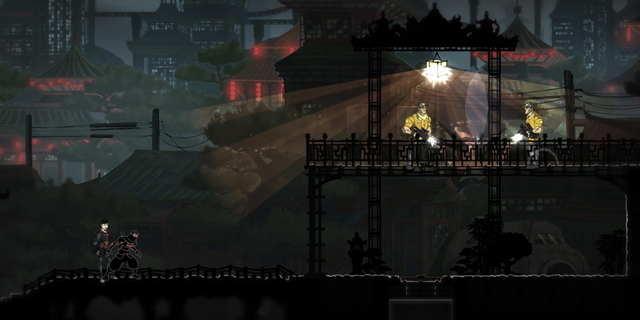
Thankfully, the recently released Mark of the Ninja presented us with a fresh take on the genre. It blended together a lot of the familiar, including Splinter Cell’s light and dark mechanics (making them a lot more approachable), as well as some new features and fantastic level design that helped it feel truly novel. Games like Mark of the Ninja remind me that there are still plenty of new directions to take the genre in the future as well as demonstrate how to create a stealth game that anyone can pick up and play without watering down the experience completely.
This genre, like many others, has seen much evolution over time with games streamlining the experience for newer players. It’s never always for the best, but there are a lot of potential new directions for these game series (and more) to go in the future; there’s simply no clear way to know just what will become of stealth games or their ever-changing mechanics. But upcoming games like Hitman: Absolution and the recently announced Metal Gear Solid: Ground Zeroes (which focuses on bringing stealth into an open world environment) leave me feeling optimistic about what’s to come. I’m ready to sneak again.



















